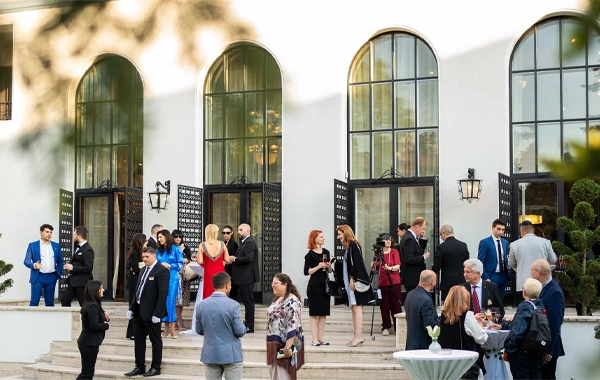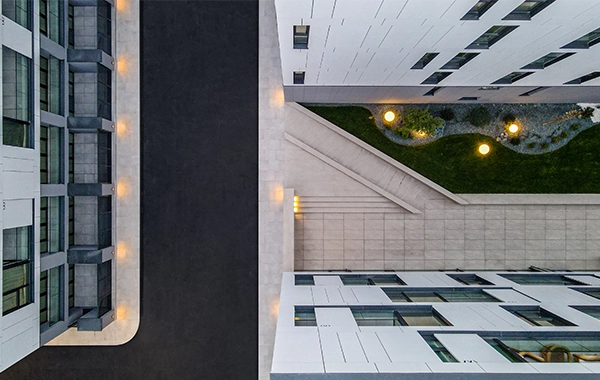The Birth of Minimalist Aesthetics in Sculpture
Historically, minimalism has existed as an aesthetic direction for a long time, a traditional example of its use being Japanese space. Japanese aesthetics has been shaped by principles such as wabi-sabi, meaning the beauty of imperfection, and ma, or significant empty space. The cultivation of these relationships between form, absence, and silence led, in Japanese architecture, to the famous Zen gardens and the tea ceremony, all based on the idea of the defining balance, ontologically speaking, the ultimate goal being harmony between man and nature or, ultimately, between man and the space around him.
The minimalist movement as we know it emerged internationally also as a reaction to the traumas of the Second World War, to expressionism, and to the excesses prefigured by emerging consumerism. The elimination of narrative and the positive appreciation of a direct, even impersonal and rational, aesthetic were meant to favor a formal purification. Thus, Western minimalism is also born out of this crisis of representation and values, with names that still endure today such as Donald Judd, Carl Andre, or Dan Flavin.
Donald Judd is among the fundamental theorists of this current, his perspective on minimalism being one in which he does not regard minimalism as a style, but as a radical way of rethinking art. Interested in what he called specific objects, he brings to the attention of the art-consuming public those creations which, even today, provoke not always positive reactions. His interest was in creating works that could not be framed within the pictorial or sculptural zone understood in the “classical” sense, with the focus falling on autonomous form made from industrial materials, most often with repetitive aspects. This clarity of form and, implicitly, the physical relationship between object, space, and viewer were the aspects he pursued throughout his activity, with symbolic ambiguity and the subjective load inherent in a work being eliminated from his intention.
Another important name is Carl Andre, who approaches minimalism from a different angle, bringing sculpture down to floor level. Adding a participatory dimension, due to his belief that sculpture should not only be seen from a distance but also “stepped on,” traversed, lived, Carl Andre emphasizes the importance of materiality and reintroduces, in a new key, the relationship between the viewer’s body and the artistic object. Thus continues the elimination of ornaments, of narrative, in favor of a transitive relationship.
Last but not least, Dan Flavin demonstrates how sculptural minimalism can also be achieved through an almost absent materiality, light (especially fluorescent light, produced by neon tubes) being his primary medium. Considered his mature work, The Diagonal of Personal Ecstasy from May 1963 is the piece the artist himself dedicated to Constantin Brâncuși. Dan Flavin’s works have a magnetic air, an aura that emerges precisely from the merging of opposites: diaphanous light, weightless and unaffected by gravity, in contrast with the weighted body of the neon tubes which, often, are in precarious positions. The result is a spectacular, radiant one, which places his work firmly within minimalist aesthetics.
Thus, sculptural minimalism, in the forms proposed by Judd, Andre, and Flavin, is not just an aesthetic of the reducible, but a profound reconfiguration of the relationship between art, matter, and viewer. From the perfectly articulated industrial object to the stepped-on surface or the space invaded by light, these artists have rewritten the grammar of modern sculpture.

















